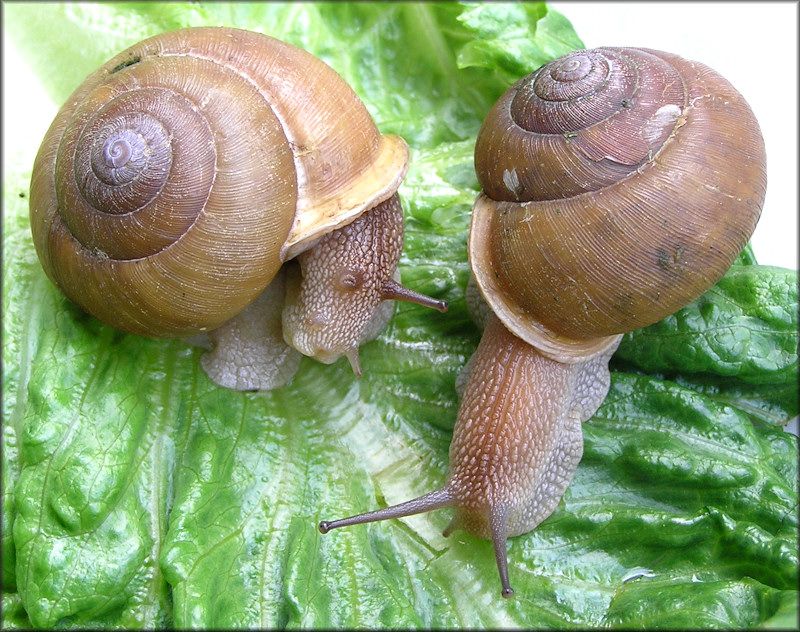Nutrition and Internal Functions
As being apart of the Polygyridae
family it is assumed the diet of Neohelix major is very
similar to the rest of the family. According to
Perez et al.,
the Polygyrids typically snack on mycelia, which is the
vegetative part of fungi and they can also live on plant
materials. In fact, when these snails are held in captivity they
can live off of vegetables such as carrots, lettuce, and
tomatoes (2008).

According to
Hickman et al., the primary
organ used for catching food and begin digestion is the radula.
As you can see in the image below, the radula is a tongue like
organ and it is used to rasp or scrape. Much like a tongue, it
can be moved in and out of the mouth, however, unlike the
tongue, it can have up to 250,000 chitinous teeth implanted on
it. these teeth can also be used to tear or cut small pieces of
food. It then pulls the food into the mouth and then carries
food directly toward the digestive tract
(2012).

The digestive tract of Neohelix
major is complex, as with any mollusk. However, the
specialization of the digestive tract depends on the feeding
habits of each species (Hickman et al. 2012).
Neohelix major is a
terrestrial snail and there for breathes using lungs. It also
has a mantle, which is the tissue that covers the organs in the
body and is hidden under the shell (Perez et al. 2008), and is
where gas exchange occurs in addition to the lungs
(Hickman et al. 2012).
According to Hickman et al., much like other slow
moving animals, snails, and therefore Neohelix major,
has an open circulatory system. In an open circulatory system,
blood is only partially contained in blood vessels. In other
areas, blood flows through open sinuses. The reason most
organisms don't have an open circulatory system is because it is
less efficient and not very good at supplying oxygen to all body
tissues in a timely fashion (2012).